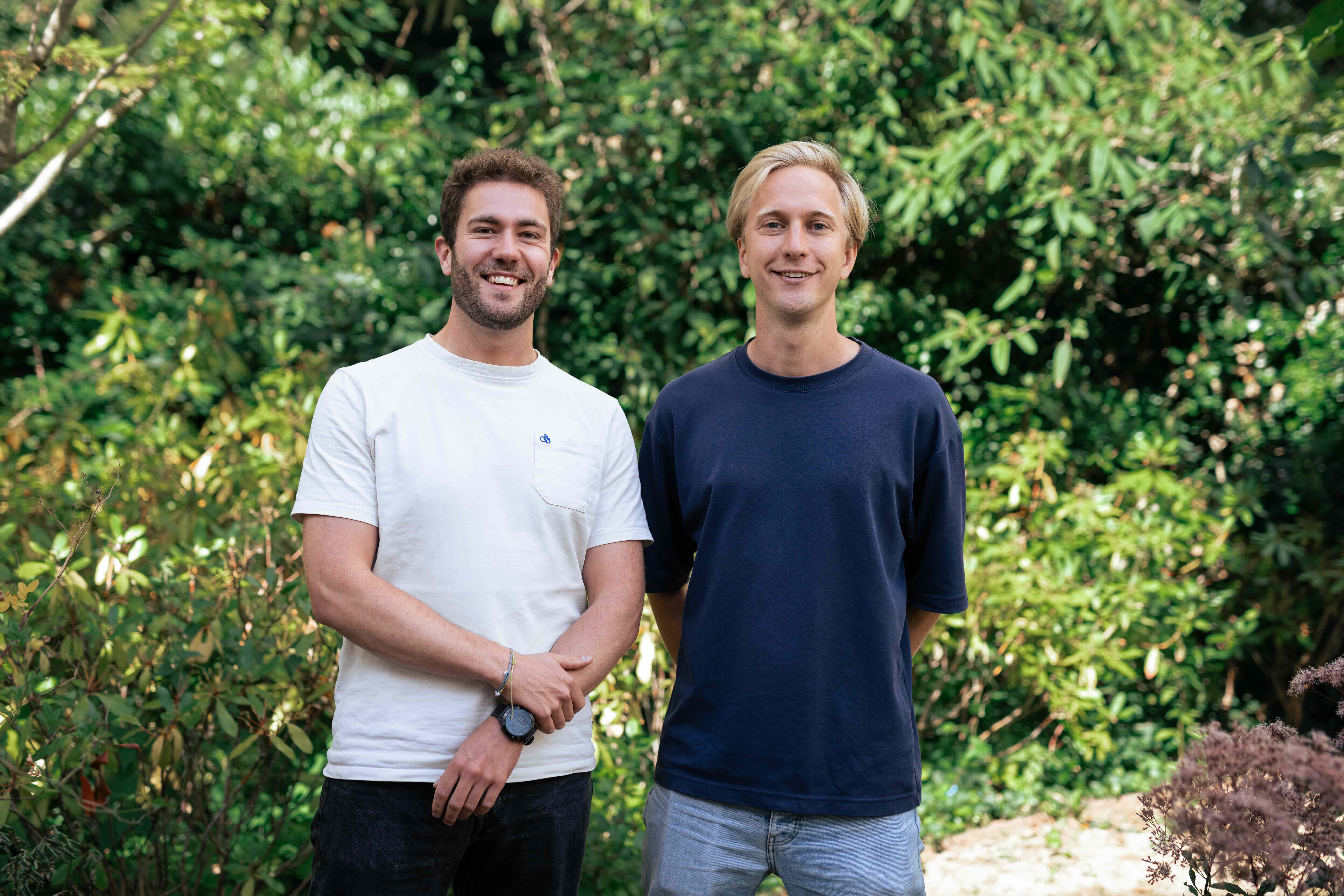
We are pleased to announce our investment in Secuped. Secuped is developing a medical device for detecting foot ulcers in diabetic patients. Patients can use this device from their homes. The goal is to detect foot ulcers early, allowing timely measures to be taken and preventing frequent hospitalizations.
In 2021, 537 million people worldwide had diabetes, a number projected to increase by 46% to 748 million by 2045. Long-term diabetes often leads to complications such as peripheral neuropathy (nerve damage) and poor blood circulation. These complications result in reduced sensation in the feet, meaning that patients may not feel pain from excessive pressure or infections.
One of the most serious consequences of this is the development of foot ulcers, which affect 25% of diabetes patients at some point in their lives. Among them, 6% of global diabetes patients belong to the two highest risk categories for foot ulceration (Sims 2 and 3*). The ulcers start beneath the skin (subcutaneous) and are not immediately visible. Because of the loss of sensation, patients may not notice the ulcer forming, allowing it to grow undetected. Due to poor healing ability in diabetic patients, these ulcers often become alarming, leading to infections that are difficult to control. In some cases, this progression results in amputation. In fact, every 20 seconds, a non-healing diabetic foot ulcer (DFU) leads to an amputation somewhere in the world. Preventing these ulcers from growing undetected is therefore crucial for diabetic patients.
Researchers have identified a method to predict foot ulcers before they become visible, typically 1 to 2 weeks in advance. Specifically, temperature monitoring can prevent 30% to 90% of ulcers. The current approach involves manual temperature monitoring. This process requires measuring the temperature at twelve specific locations on each foot using a handheld device. A nurse in the hospital or a patient at home must manually record these measurements daily and compare them to previous readings. If a temperature difference of more than 2°C is detected between corresponding points on both feet, it indicates that an ulcer may be forming beneath the skin.
While the method mentioned above is highly impractical, early detection of foot ulcers is crucial. When detected at an early stage, simple measures such as resting the foot and wearing pressure-relieving insoles can prevent ulcers from worsening. Without an easy-to-use monitoring system, many ulcers go undetected until they reach a critical stage, leading to prolonged healing times, increased healthcare burden, and, in severe cases, amputations. This highlights the urgent need for an improved solution for early detection, particularly for patients outside of hospitals, where timely intervention is most challenging.
Secuped is developing a fully automatic, user-friendly home monitoring device for early detection of foot ulcers. Daily monitoring allows for timely intervention, reducing the risk of complications and enhancing prevention.The product was developed through multiple brainstorming sessions between one of the founders, Martijn, and his former colleagues at Leiden University Medical Center (LUMC). With this solution, Secuped helps 6% of global diabetes patients who belong to the two highest risk categories for foot ulceration.
At Graduate Entrepreneur, we believe in the power of innovation to solve critical challenges. We are proud to support Secuped in their mission to help diabetic patients with one of their most pressing challenges.
Interested in learning more about Secuped? Check out their website!


.png)

.png)

.png)
.png)











.jpeg)


.jpg)



%20(1).png)



.jpeg)
















.jpeg)






















